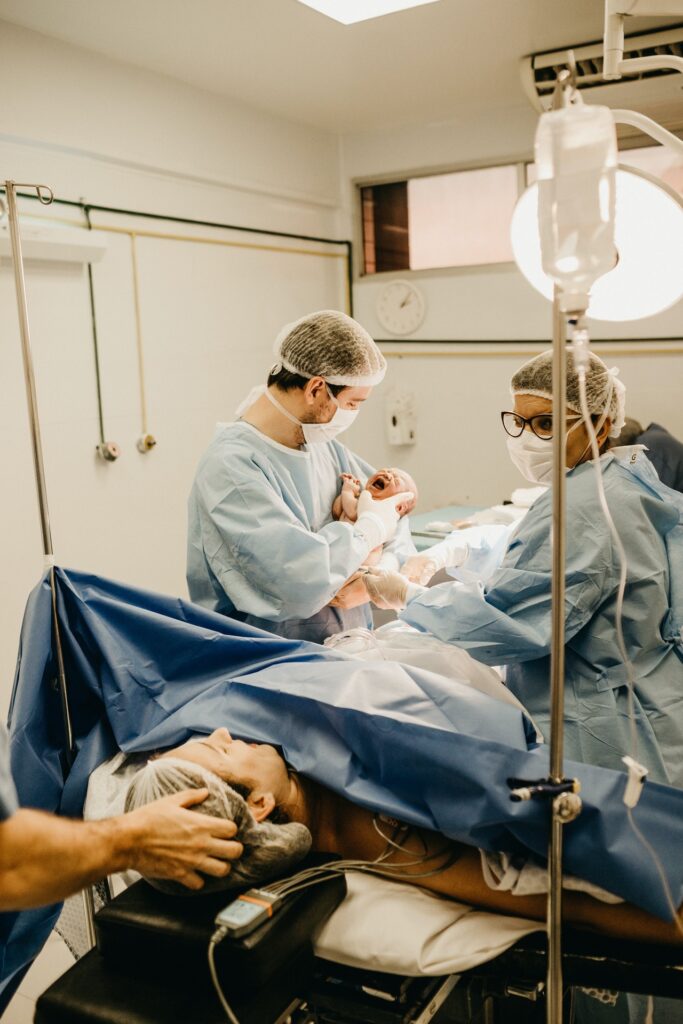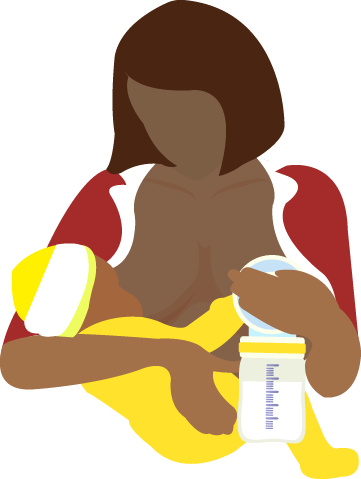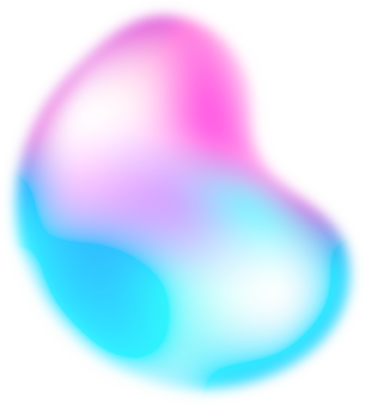
What is vaginal tear?
Vaginal tears are common during childbirth. They occur when your baby’s head is too large for your vagina to stretch around. Women at a higher risk of vaginal tears include:
First-time mothers
Mothers whose babies have a high birth weight
mothers who had a long delivery
mothers who had assisted birth, such as with forceps or vacuum
Tears can heal within 7 to 10 days with appropriate treatment. However, you can be sore for a few weeks afterward.
Depending on the severity of the tear, you may receive stitches or prescriptions for medicated creams and ointments.
Home treatment methods
You can expect some discomfort, bleeding, and swelling following delivery and a vaginal tear. There are ways you can relieve this discomfort at home and encourage healing. You should discuss these treatments with your healthcare provider before trying them.
Ice packs
Applying ice packs to the affected area for 10 to 20 minutes at a time can help reduce swelling. Many drugstores sell ice packs that resemble sanitary pads and can be worn in your underwear.
If you use an ice pack, cover it with a clean cloth to protect your skin from the cold. You shouldn’t use an ice pack for more than 20 minutes at a time, as it can cause nerve damage.
Stool softeners
Your healthcare provider may prescribe a stool softener or recommend an over-the-counter stool softener, such as docusate sodium (Colace). This will reduce your need to strain when you have a bowel movement. You shouldn’t resist a bowel movement if you feel the urge to go, as it can lead to constipation.
Staying clean and dry
Your healthcare provider will likely provide you with a squeeze bottle or sitz bath so you can keep your perineal area moist and clean after delivery.
You can put lukewarm water in a squeeze bottle and use it as a rinse after going to the bathroom. Sitz baths are small, plastic tubs that fit over a toilet bowl. You can fill the bath with lukewarm water and sit in it for a few minutes to cleanse your skin.
Rest
It’s hard to rest when you have a new baby but avoiding strenuous exercise can help you heal. Your healthcare provider will likely recommend that you avoid strenuous activity for at least two weeks after giving birth. Accept help from family and friends who offer and stay off your feet as much as possible.
Avoiding products and activities that can worsen your symptoms
You should try to avoid the following:
salt baths
talcum powder and perfumed lotions
applying hot water or hot packs to your perineal area
squatting to keep from stretching your skin too much
sexual activity until healing is complete
tampons, but you can use pads after delivery
douches or vaginal cleansers
Your healthcare provider may give you additional instructions, depending on the type and severity of your tear.
Call your healthcare provider if you experience any of the following symptoms:
foul-smelling discharge
increased pain at the incision site
fever
significant swelling
Source: Healthline
Medically reviewed by Devan McGuinness — Written by Rachel Nall, MSN, CRNA on May 6, 2018
Link: https://www.healthline.com/health/pregnancy/treatment-vaginal-cervical-lacerations#home-treatments




